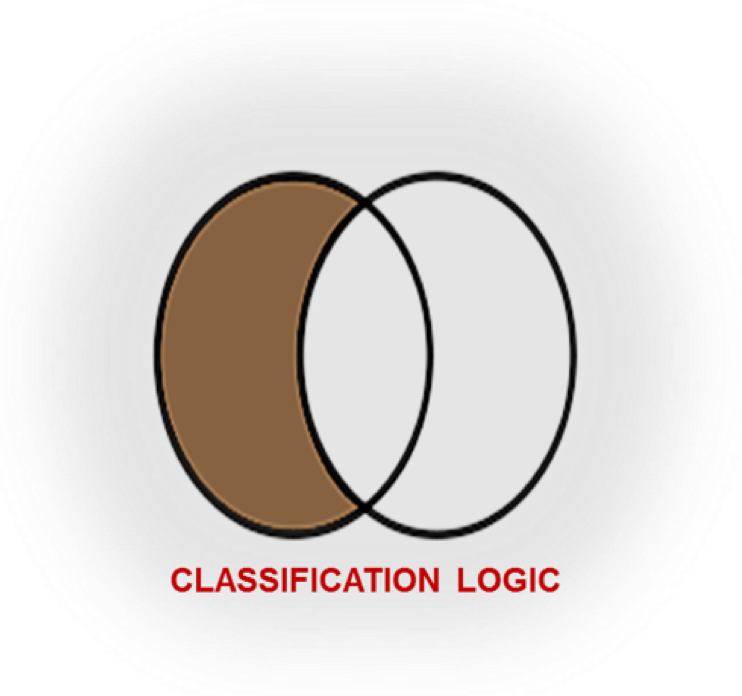
Classifying patients is not a simple task. Indeed, patients often have a unique complexion of diagnoses sometimes with procedures. The SQLape® classification renders this diversity, allowing multiple groups of diagnoses or procedures to describe a specific patient.
The SQLape® grouper includes about 200 diagnostic categories (DIAGNOSES) and 180 procedure categories (PROCEDURES). Each category is defined by inclusion and exclusion criteria, based on international codifications: ICD-10 for diagnoses and ICD-9-CM for procedures (2014 updates).
To avoid over coding biases, the classification apply reduction rules to retain only relevant information to adjust for case mix:
- A procedure excludes the diagnoses related to the same organ.
- The most invasive procedure category excludes those related to the same organ.
- Predominant diagnoses (obstetrical conditions) and procedures (transplants) exclude all other categories.
- Major diagnoses and procedures categories – justifying a hospitalization – exclude other categories.
- Some categories are not retained if more severe conditions occurred. For instance, renal failure is not retained with a cardiac shock. Similarly, a muscular procedure will be excluded if a shoulder operation is performed.
At the end of the classifying process, the majority of patients are assigned to one unique SQLape® group. A particular attention has been paid to the robustness of the assigned group(s) with respect to coding practice: results are independent of the main diagnosis choice, chemo- and radiotherapy can be coded through procedure or diagnostic codes, etc.
The SQLape® classifier allocates a main category to each stay (designed by the letter p in the group output), in the following order: predominant operations, predominant affections, major operations, major affections, minor affections, minor operations. Furthermore, the most vital system takes precedence (prematurity, respiratory, nervous, cardiac, hepatic, digestive, urinary, musculoskeletal, etc.). Thus, a primary category is attributed independently of the order in which health problems are coded in medical records.
To reduce statistical confidence intervals’ width, only the most relevant categories are used to compute expected values. For instance, length of stay and cost prediction are mainly based on acute medical conditions, whereas readmissions prediction depend more on chronic and recurrent illnesses. Thus, specific prediction models are built for each SQLape® indicators. Contrarily to other groupers (e.g. DRGs), complications and other conditions presumably not present at patient’s admission (immediate causes of death) are not taken into account. Procedures depending more on medical practice than health status (respiratory assistance, length of stay, etc.) are also ignored when computing expected values.
